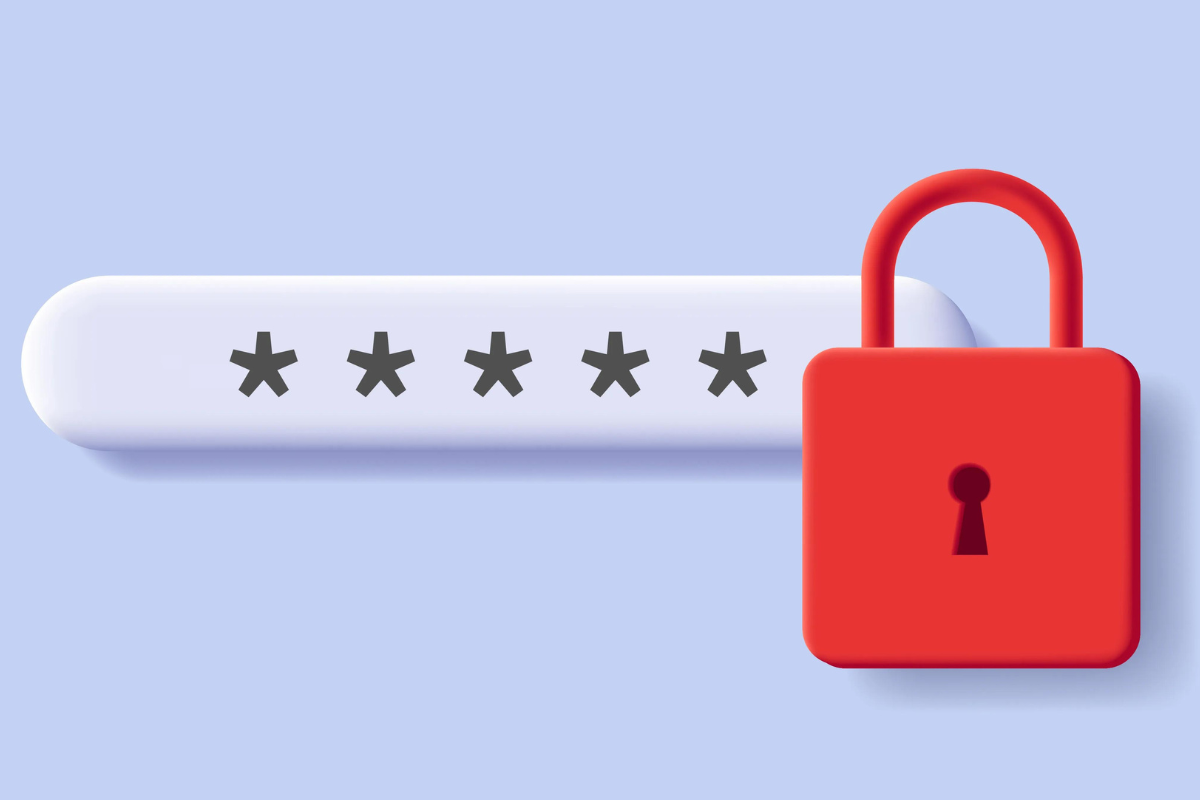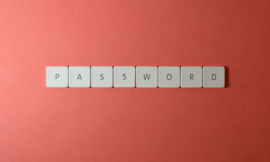In today’s digital age, strong passwords are your first line of defense against cyber threats. Whether you’re protecting your email, social media, or online banking accounts, a robust password is crucial. In this guide, we’ll walk you through the steps to create strong passwords and provide essential tips for keeping your online accounts secure.
Why Strong Passwords Matter
Before we dive into the steps, let’s understand why strong passwords are so important:
-
- Protection Against Hacking: Weak passwords are vulnerable to brute-force attacks, where hackers try different combinations until they crack your password.
- Prevention of Unauthorized Access: A strong password ensures that only authorized users can access your accounts and sensitive information.
- Safeguarding Personal Data: Your personal data, financial information, and privacy are at stake when your password is weak.
Now, let's create a strong password.
Step 1: Length Matters
One of the first things to consider is the length of your password. Aim for at least 12 characters. Longer passwords are generally stronger because they are harder for attackers to guess.
Step 2: Use a Mix of Characters
A strong password combines various types of characters:
-
-
-
- Uppercase Letters: Include at least one uppercase letter.
- Lowercase Letters: Include at least one lowercase letter.
- Numbers: Add at least one number.
- Special Characters: Include special characters like !, @, #, $, or %.
-
-
Step 3: Avoid Predictable Choices
Avoid using easily guessable information in your password, such as:
-
-
-
- Your name or username.
- Common words (e.g., “password” or “123456”).
- Sequences (e.g., “abcdefg” or “12345”).
- Personal information like birthdays or addresses.
-
-
Step 4: Be Unique for Each Account
Reusing passwords across multiple accounts is a significant security risk. If one account is compromised, all your accounts become vulnerable. Instead, use unique passwords for each account.
Step 5: Consider Passphrases
Passphrases are long, memorable phrases or sentences. They are a great option for strong passwords. For example, “Hiking$Mountains@Sunset2023!” is a strong passphrase that’s easy to remember.
Step 6: Use a Password Manager
Creating and remembering strong passwords for all your accounts can be challenging. That’s where a password manager comes in handy. These tools can generate, store, and autofill strong passwords for you.
Step 7: Regularly Update Your Passwords
Even strong passwords should be changed periodically. Set a reminder to update your passwords every 3-6 months, especially for critical accounts like email and banking.
Conclusion
Creating strong passwords is a fundamental step in protecting your online security. By following these steps and considering the tips mentioned, you can significantly enhance the security of your online accounts.
Remember, it’s worth the effort to create strong, unique passwords for each account. Don’t take shortcuts when it comes to your digital security. Your online identity and personal data are worth safeguarding.
Stay safe and stay secure in the digital world!






Pingback: Manage & Remember Strong Passwords